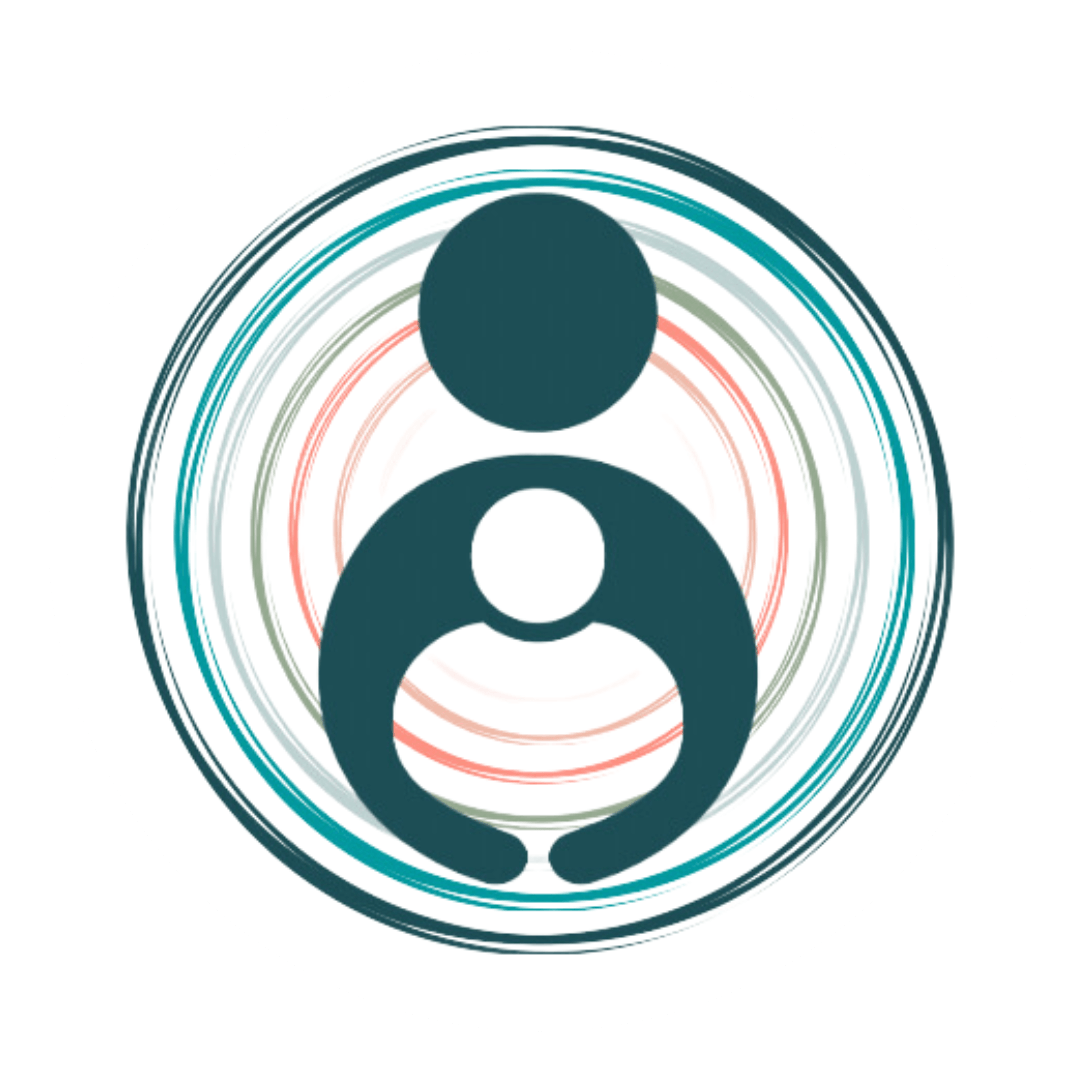Nervous System Science in Parenting
Note: This post may contain affiliate links. If you purchase a product through one of these links, you won’t pay anything extra, but I will get a small commission, which helps keep this blog going. Thank you for supporting Your Conscious Parent Community!
Download my Free Parents' Guide to Nervous System Regulation HERE!
The Polyvagal Theory, developed by Dr. Stephen Porges, has revolutionized our understanding of how the nervous system operates, especially in relation to stress, anxiety, and overall mental health. This theory explains the deep connection between our autonomic nervous system (ANS) and our emotional states, particularly how we respond to stress and trauma. It also lays the foundation for "body-up" strategies, which utilize physical sensations and movements to regulate our nervous systems and manage anxiety and stress effectively.
The Science Behind the Polyvagal Theory
The Polyvagal Theory posits that the vagus nerve, a critical component of the ANS, plays a central role in how we respond to stress. The vagus nerve is the longest cranial nerve, running from the brainstem through the neck and down to the heart and digestive organs. It is divided into two main branches:
Dorsal Vagal Complex (DVC): This older, more primitive branch is associated with immobilization responses, such as freezing or shutting down when overwhelmed by stress.
Ventral Vagal Complex (VVC): This newer branch is linked to social engagement, relaxation, and safety. It allows us to calm down, connect with others, and feel secure.
According to the Polyvagal Theory, our nervous system operates in a hierarchy:
Social Engagement (VVC activation): When we feel safe, our VVC is active, promoting relaxation, social interaction, and calm states.
Fight-or-Flight (Sympathetic activation): When we perceive a threat, the sympathetic nervous system kicks in, preparing our bodies to either fight the threat or flee from it. This response increases heart rate, blood pressure, and alertness.
Shutdown (DVC activation): If the threat is perceived as overwhelming, our system may shift into a shutdown mode, leading to feelings of numbness, dissociation, or extreme withdrawal.

Download my Free Parents' Guide to Nervous System Regulation HERE!
Understanding this hierarchy helps explain why some individuals react to stress with anxiety (fight-or-flight) while others may feel frozen or disconnected (shutdown).
Body-Up Strategies: Harnessing the Power of the Vagus Nerve
"Body-up" strategies refer to techniques that use physical movements, sensations, and the body’s natural functions to influence and regulate the nervous system from the "bottom up." These methods stimulate the vagus nerve, encouraging a shift towards a more relaxed, socially engaged state (VVC activation). The effectiveness of these strategies lies in the body's ability to send signals to the brain that it is safe, thereby reducing stress and anxiety.
Here are a few key body-up strategies:
Deep Breathing Exercises
Why It Works: Deep, slow breathing stimulates the vagus nerve, promoting parasympathetic (rest-and-digest) activation. This helps decrease heart rate and blood pressure, signaling to the body that it is safe.
Exercise: Try the 4-7-8 technique: Inhale deeply for 4 seconds, hold the breath for 7 seconds, and exhale slowly for 8 seconds.
Cold Exposure
Why It Works: Cold exposure, such as splashing the face with cold water, can activate the vagus nerve and stimulate the parasympathetic response.
Exercise: Try a cold shower or simply splash cold water on your face when feeling stressed. This can help reset your nervous system.
Vagal Maneuvers
Why It Works: These are physical exercises specifically designed to stimulate the vagus nerve.
Exercise: One common vagal maneuver is the "Valsalva maneuver," where you take a deep breath and hold it while trying to exhale forcefully with your mouth closed. This creates pressure in the chest and stimulates the vagus nerve.
Humming or Chanting
Why It Works: The vibrations from humming or chanting can stimulate the vagus nerve, particularly as it passes through the vocal cords and the ear.
Exercise: Spend a few minutes humming or chanting softly. The vibrations can help soothe your nervous system.
Mindful Movement
Why It Works: Activities like yoga, tai chi, or gentle stretching help to calm the body and activate the vagus nerve by encouraging mindful awareness of bodily sensations and promoting relaxation.
Exercise: Incorporate a daily routine of gentle yoga or stretching, focusing on the breath and the sensations in your body.
Gargling
Why It Works: Gargling with water stimulates the muscles at the back of the throat, which can engage the vagus nerve and promote parasympathetic activation.
Exercise: Gargle with water for a few minutes each day, especially in the morning or when feeling stressed.
Why These Exercises Help with Anxiety and Stress
The effectiveness of body-up strategies lies in their ability to directly influence the autonomic nervous system, particularly the vagus nerve. By engaging in these exercises, you can shift your nervous system out of a heightened state of anxiety (sympathetic activation) and into a more relaxed, calm state (parasympathetic activation). This not only helps alleviate immediate feelings of stress but also strengthens your ability to regulate your emotions over time.
When practiced regularly, these exercises can enhance vagal tone—the efficiency and responsiveness of the vagus nerve—leading to better overall resilience against stress. Improved vagal tone is associated with greater emotional stability, better digestion, improved heart health, and a stronger immune system.
The Importance for Parents: Regulating Your Nervous System for Your Children
Understanding and applying the Polyvagal Theory is particularly crucial for parents. Children are highly attuned to their caregivers' emotional states, often mirroring their stress, anxiety, and emotional responses. When parents are able to regulate their own nervous systems, they create a more stable, calm environment that directly benefits their children’s emotional and psychological well-being.
Modeling Emotional Regulation: Children learn how to manage their emotions by observing their parents. When you use body-up strategies to calm yourself, you demonstrate effective coping mechanisms, teaching your child how to handle stress and anxiety.
Creating a Safe Environment: When parents are in a regulated, calm state, they naturally foster a sense of safety and security in their children. This is crucial for healthy emotional development and for helping children feel grounded and connected.
Reducing Reactive Parenting: Stress and anxiety can lead to reactive, sometimes harsh, parenting responses. By regulating your nervous system, you’re more likely to respond to your child's needs with patience, empathy, and understanding, rather than reacting out of frustration or overwhelm.
Enhancing Bonding and Attachment: A calm, regulated nervous system enhances your ability to engage in meaningful, positive interactions with your child. This strengthens the parent-child bond and supports the development of secure attachment, which is foundational for a child’s future emotional health.
Incorporating body-up strategies into your daily routine not only benefits your personal well-being but also has a profound impact on your family dynamics. By taking the time to regulate your own nervous system, you create a ripple effect, fostering a calmer, more nurturing environment where your children can thrive emotionally.
In conclusion, the Polyvagal Theory provides a scientific foundation for understanding the deep connection between the body and the mind. Body-up strategies are powerful tools that harness this connection, offering practical and effective ways to manage anxiety and stress. For parents, these techniques are not just self-care tools—they are essential practices that enhance the well-being of the entire family, modeling emotional resilience and creating a secure, supportive environment for children to grow and develop.
Download my Free Parents' Guide to Nervous System Regulation HERE!
Support for the Journey: Transformational Parenting Program
Parenting can feel overwhelming, but you don’t have to do it alone. The Transformational Parenting Program is designed to empower parents with tools to understand and address their child’s needs at a deeper level.
Over 6 weeks, we explore:
Nervous system regulation for you and your child.
Attachment-based approaches to parenting.
How to hold boundaries with empathy and confidence.
Tools for understanding and addressing your child’s unique behavior.
Through personalized coaching and a supportive community, you’ll feel equipped to navigate big emotions and challenging behaviors with compassion and clarity.
Cohorts begin each quarter or you can go at your own pace. Join us and transform your parenting journey from reactive to intentional. Learn more here!
Here's a helpful video to understand the nervous system better and how traumatic experiences can impact us and our children.

Hi there, I'm Kayla!
I am an accredited coach and I'm passionate helping parents have more confidence, connection and joy in parenting!
My background in education, Interpersonal Neurobiology, and Somatic Trauma Healing, along with my years living abroad, give me a unique perspective to support you to break generational cycles and experience your vision for your family.
JOIN MY MAILING LIST





